This 3D Model of Summoner (Thor) BattleMech consists of files in StereoLithography (.Stl) format that is optimized for 3D printing.
Before printing the files, we strongly recommend reading the PRINTING DETAILS section.
WHAT WILL YOU GET AFTER PURCHASE?
- 2 updated + 1 initial version of Summoner (Thor) BattleMech STL files for FFF/FDM and DLP/SLA - files for all versions are available for download after the purchase
- STL files of high-poly Summoner (Thor) BattleMech 3D Model for 3D printing
- Sizes:
FFF/FDM: 275 mm tall, 212 mm wide, 169 mm deep
DLP/SLA/SLS: 165 mm tall, 127 mm wide, 101 mm deep
- Detailed settings that we provide as a recommendation for Cura, Simplify3D and Slic3r for the best print
- Full technical support from the Gambody Support Team
Detailed information about this 3D printing model is available in the DESCRIPTION section.
Available versions:
- FFF/FDM 1.1 version - versions with outdated joints for filament printers;
- DLP/SLA/SLS 1.1 version - the latest version for resin printers;
- FFF/FDM 1.2 - the latest updated version with fully reworked joints for filament printers.
ABOUT THIS 3D MODEL
Check out the Summoner BattleMech 3D Printing Miniature. High speed, powerful weapon, canonic look - we know you’ll like it.
Summoner Mech is heavy, though it can develop really high speed - up to 84.6 km per hour. That is possible because it's powered by a lightweight 350 XL engine. This OmniMech is widely used by Jade Falcon Clan. His unofficial name in the Inner Sphere is Thor, which he gained because of its simple but powerful arsenal. As a weapon, it uses LB 10-X Autocannon and LRM-15 launcher.
ADAPTATION FOR 3D PRINTING
Summoner (Thor) BattleMech 3D Printing Model for 3D printing is an active assembly model and its moderation and adaptation for different types of 3D printers took the Gambody team 30 hours in total.
For you to receive the cleanest 3D printing result possible and to minimize the amount of filament needed for generated support, the Summoner (Thor) BattleMech 3D Printing Model model was divided into many assembly parts.
All assembly parts in the FFF/FDM versions are provided in STL files in recommended positions that were worked out in order to ensure the smoothness of the details’ surfaces after printing and that the 3D printing beginners won't face difficulties when placing the parts on a build plate. We highly recommend that you get acquainted with the “Assembly video” before getting down to the Summoner (Thor) BattleMech 3D Printing Model model.
The model is saved in STL files, a format supported by most 3D printers. All STL files for 3D printing have been checked in Netfabb and no errors were shown.
The 3D printing model’s chosen scales are 1:60 for the FFF/FDM version and 1:100 for the DLP/SLA version.
VERSIONS' SPECIFICATIONS
FFF/FDM 1.2 version features:
- Contains 32 parts;
- A printed model stands 275 mm tall, 212 mm wide, 169 mm deep;
- Fully articulated model;
- Completely reworked joints;
- Alternative body design with a cockpit and possibility for LED wiring;
- The number of required printed copies of a part is indicated in the file's name - e.g. "_30_new_body_5_x5" needs to be printed 5 times;
- All parts are divided in such a way that you will print them with the smallest number of support structures.
DLP/SLA/SLS 1.0 version features:
- Contains 6 parts;
- A printed model stands 165 mm tall, 127 mm wide, 101 mm deep;
- Fully articulated model;
- All parts are divided in such a way to fit the build plates and to ensure that support structures are generated where needed.
FFF/FDM 1.1 version features:
- Contains 33 parts;
- Features outdated joints;
- A printed model stands 275 mm tall, 212 mm wide, 169 mm deep;
- Fully articulated mode.
You can get the model of Summoner (Thor) BattleMech for 3D Printing immediately after the purchase! Just click the green Buy button in the top-right corner of the model’s page. You can pay with PayPal or your credit card.
Watch the tutorial video on how to assemble the original version of the Summoner (Thor) BattleMech 3D Printing Model on Gambody YouTube channel.
_______
FAQ:
Where can I print a model if I have no printer?
How to get started with 3D printing?
How to set up my 3D printer?
How to choose right 3D model print bed positioning?
How to paint printed figurine?
Generic
Below you can find printing recommendations for Cura, Bambu Studio, Simplify3D, Slic3r and PrusaSlicer software.
Disclaimer: The following printing settings are a recommendation, not an obligation. The parameters can vary depending on the peculiarities of your 3D printer, the material you use, and especially the particular assembly part you are working with. Each part that any model comprises often needs preliminary review, and you are free to tweak the settings the way you find suitable.
Note:
You can scale up the model (downscaling for FFF/FDM 3D printers is not recommended!);
All connectors should be printed at 100% Infill.
Bambu Lab printing recommendations:
These basic 3D printing settings recommendations for beginners were tested in Bambu Studio 1.9.1. Test models were printed on the Bambu Lab A1, Bambu Lab A1 Mini, Creality Ender 3 S1, Anycubic Kobra 2, and Anycubic Vyper using PLA and PETG filaments.
To avoid printing problems, we recommend the following settings: download
Cura printing recommendations:
These are averaged settings which were tested in the Cura 5.2.1 slicer. Test models were printed on Anycubic Vyper, Creality Ender 3 Pro with PLA filament.
To avoid printing problems, we recommend the following settings: download
Simplify3D printing recommendations:
These are averaged settings which were tested in the Simplify3D 5.0.0 slicer. Test models were printed on Anycubic Vyper, FLSUN v400, Ender3 S1 with PLA filament.
To avoid printing problems, we recommend the following settings: download
Slic3r printing recommendations:
These basic 3D printing settings recommendations for beginners were tested in Slic3r 1.3.0 software. Test models were printed on Ultimaker 2, Creality Ender 3, Creality Cr-10S pro v2, Anycubic I3 Mega, Anycubic I3 MegaS, Anycubic Vyper with PLA and PetG filaments.
To avoid printing problems, we recommend the following settings: download
PrusaSlicer printing recommendations:
These basic 3D printing settings recommendations for beginners were tested in PrusaSlicer 2.3.1. Test models were printed on Ultimaker 2, Creality Ender 3, Creality Cr-10S pro v2, Anycubic I3 Mega, Anycubic I3 MegaS, Anycubic Vyper with PLA and PETG filaments.
To avoid printing problems, we recommend the following settings: download

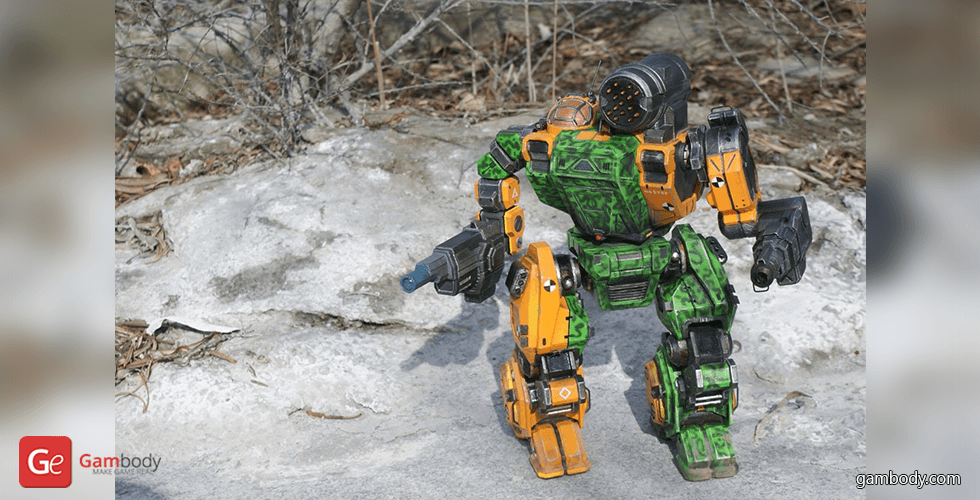
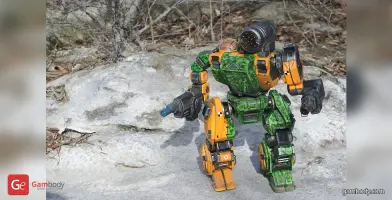
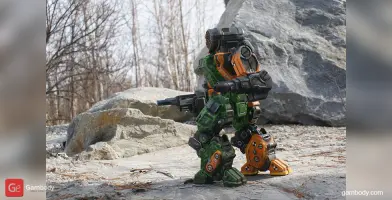
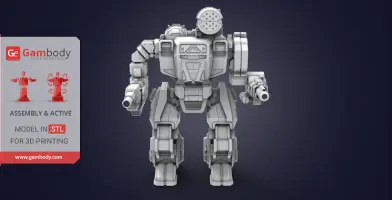
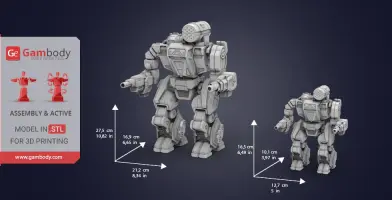
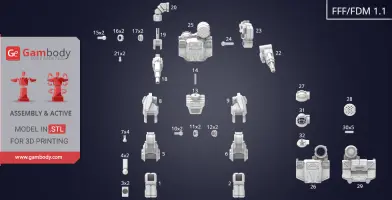
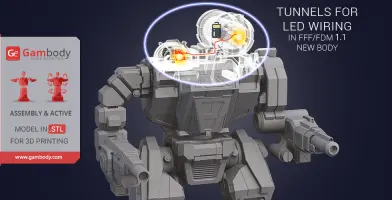
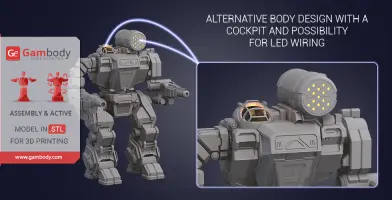
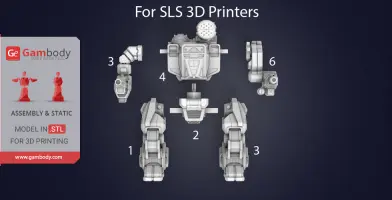
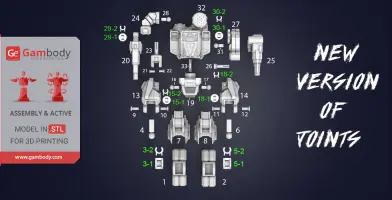
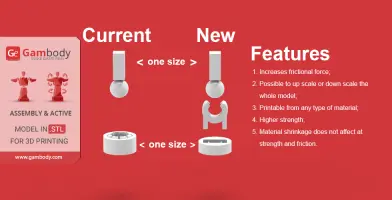
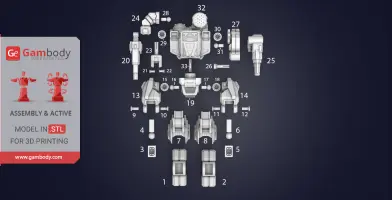
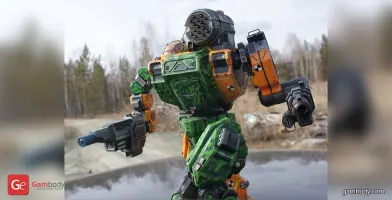
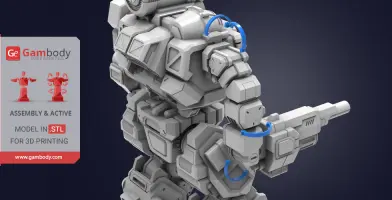
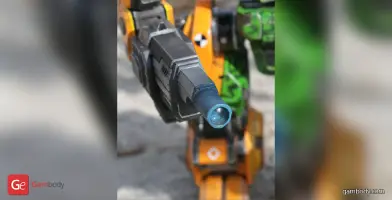
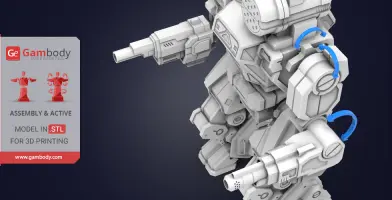
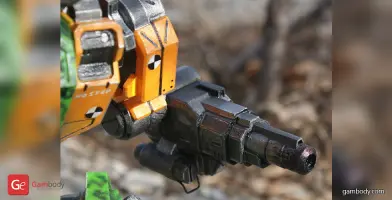
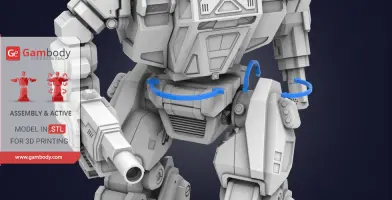
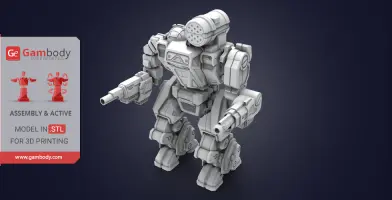
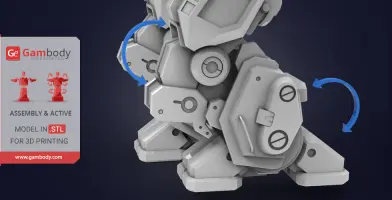
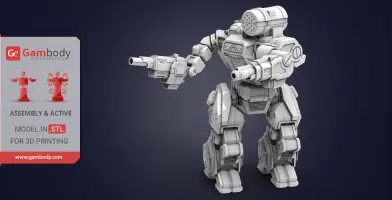
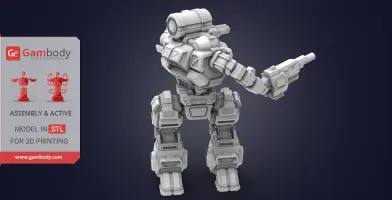
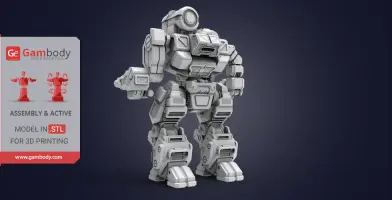
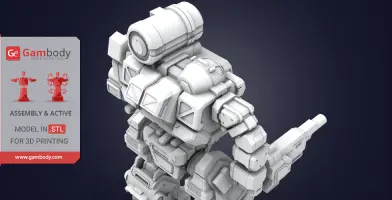
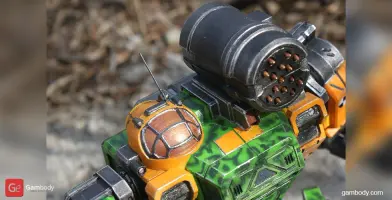
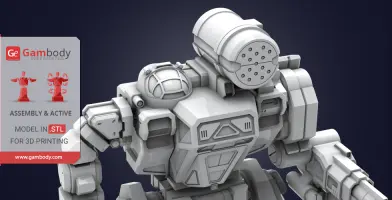
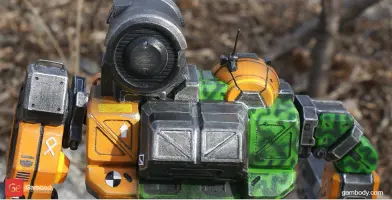
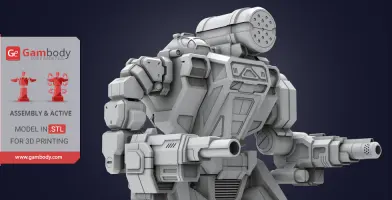
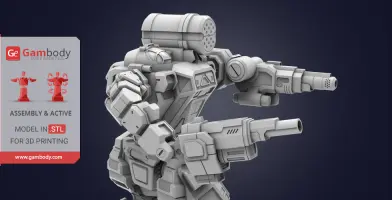
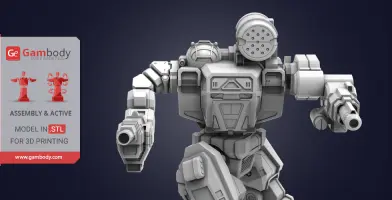
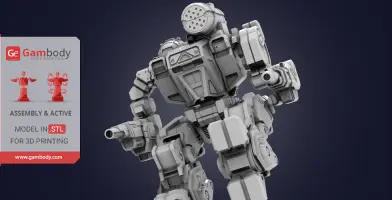
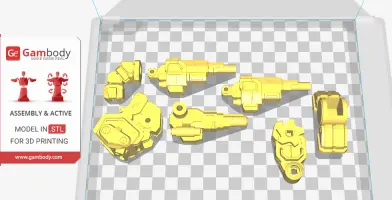
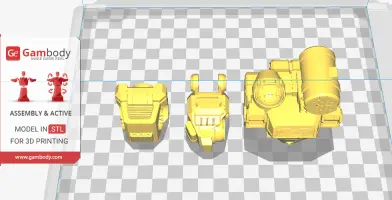
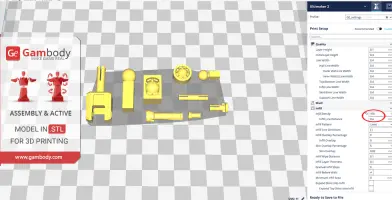


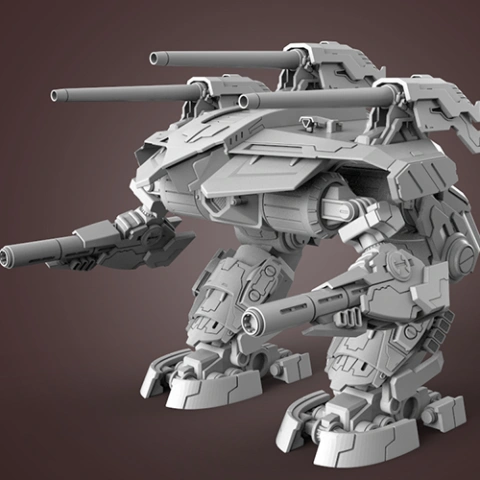
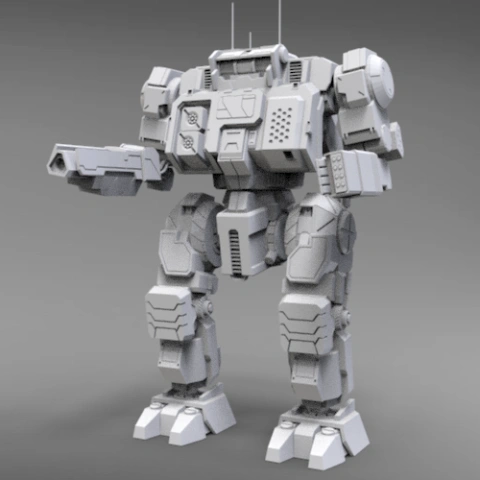
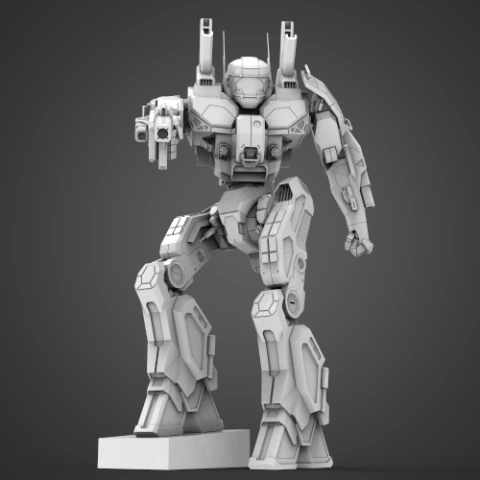
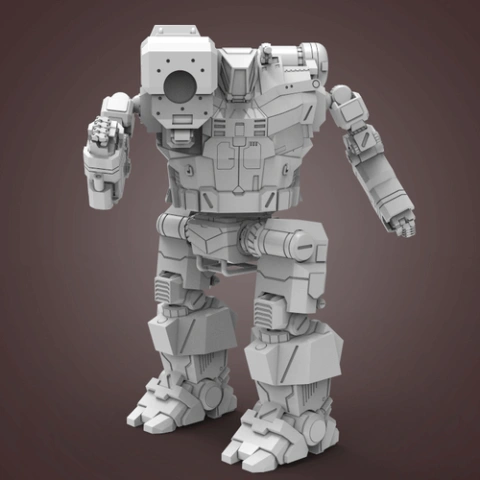
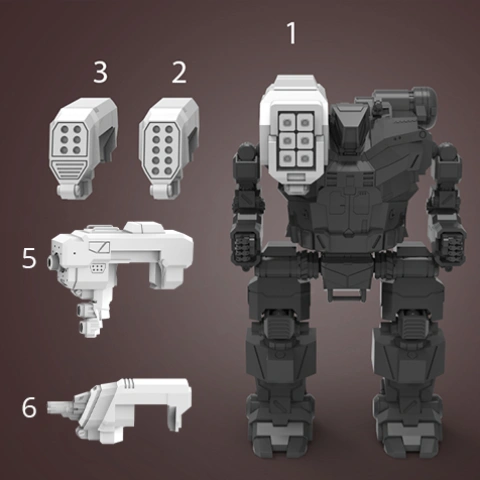
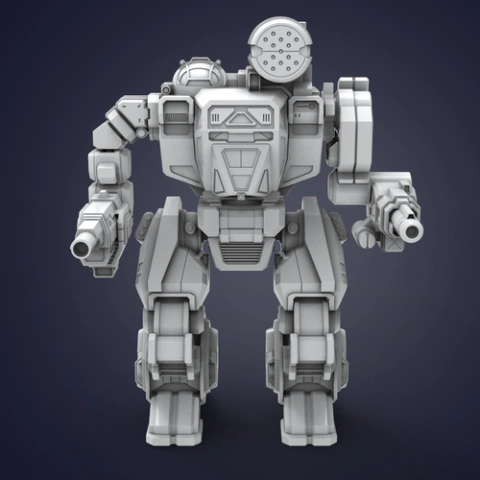
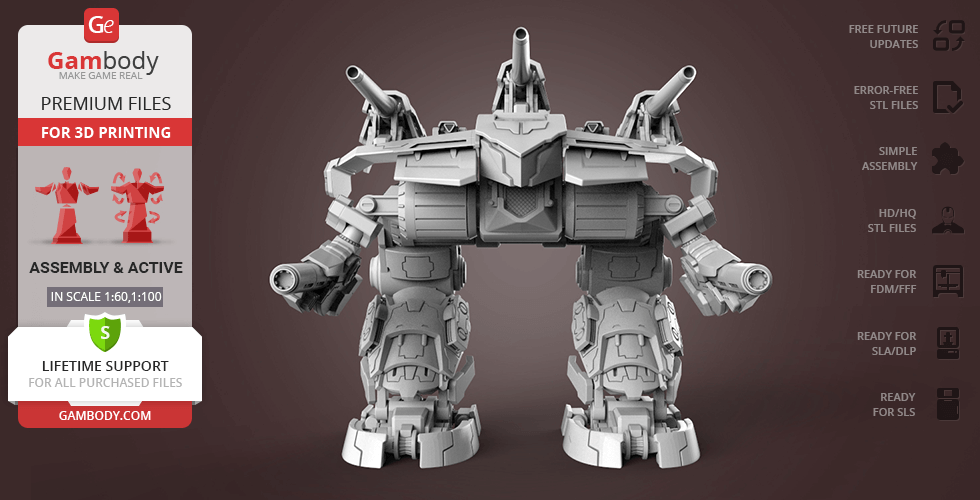
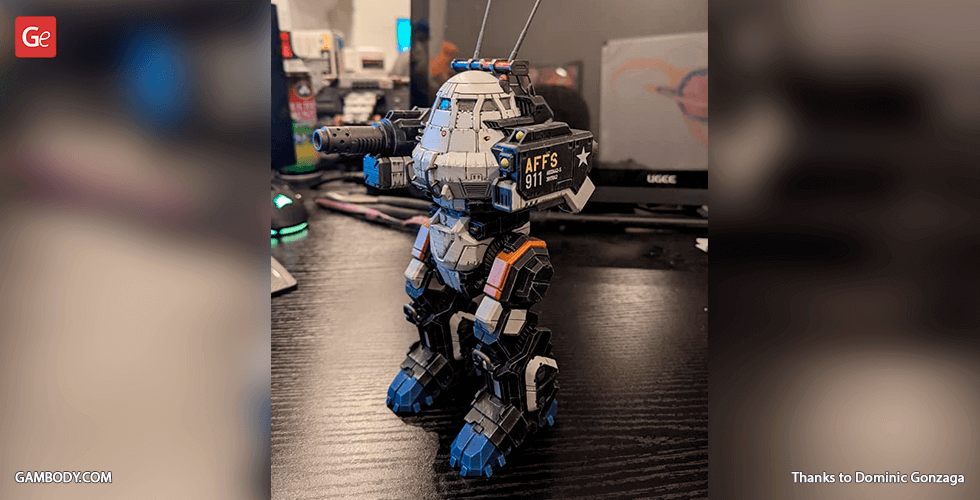
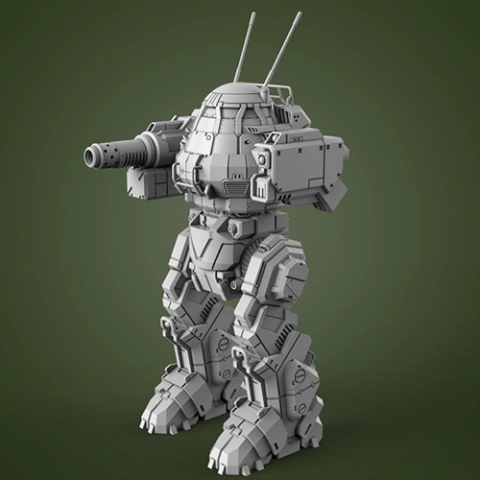
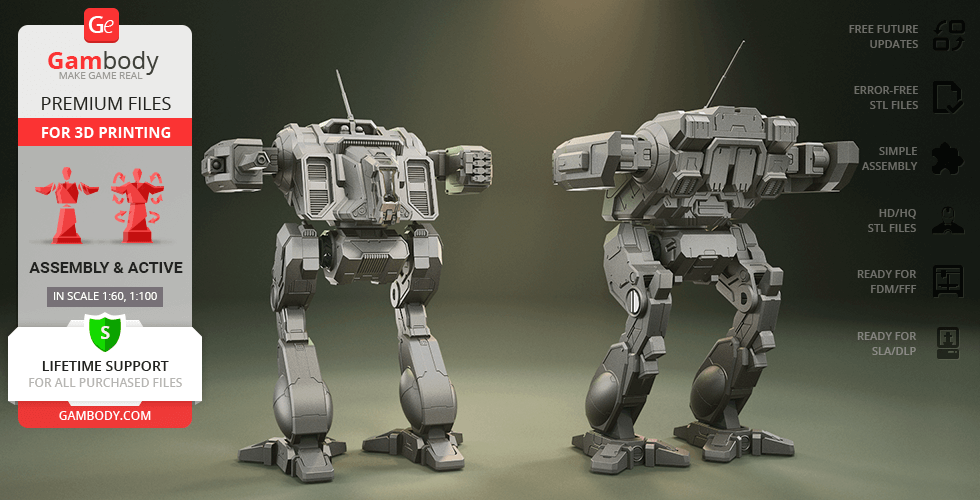
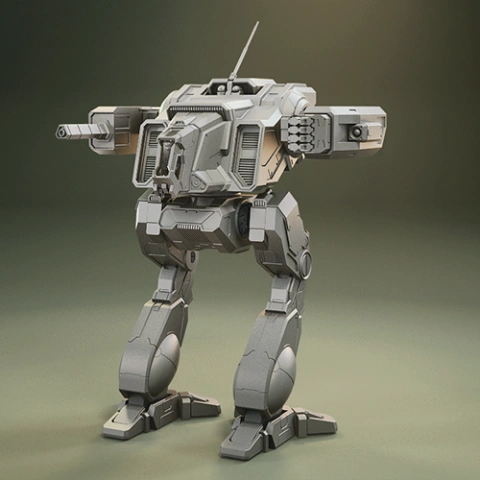
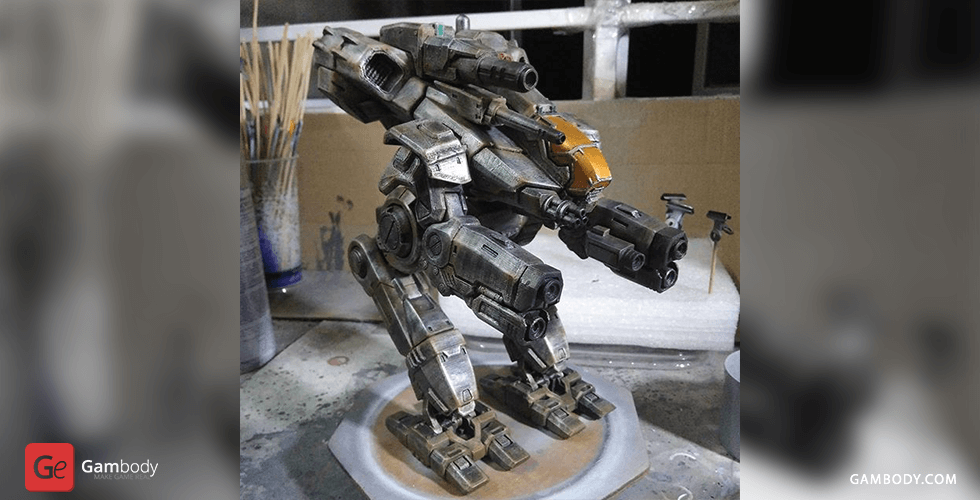
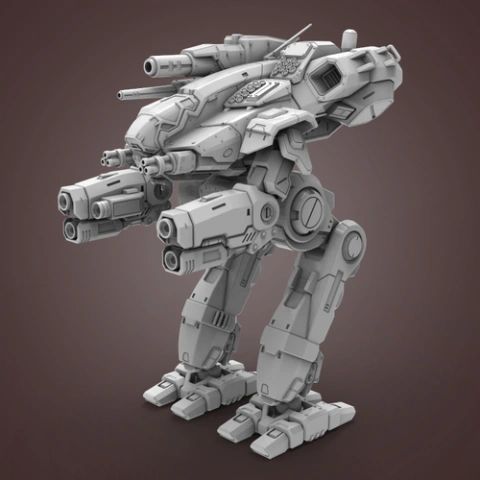
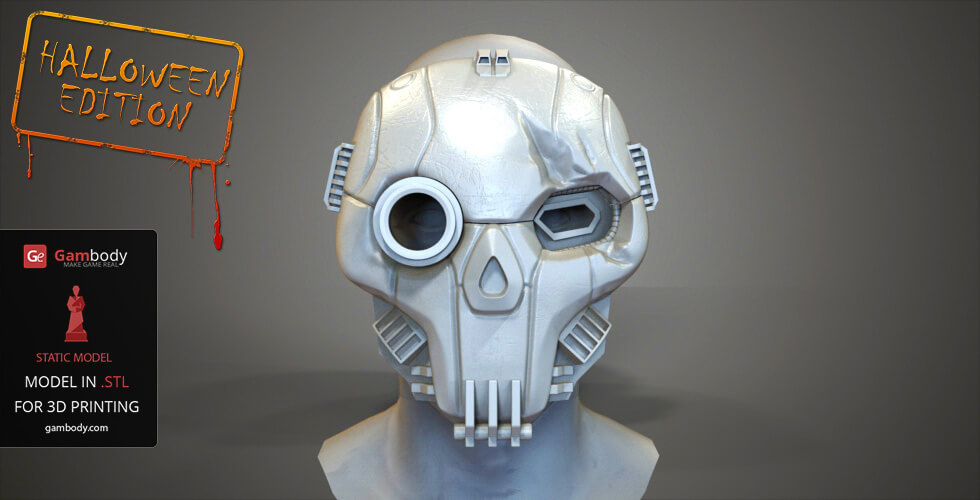
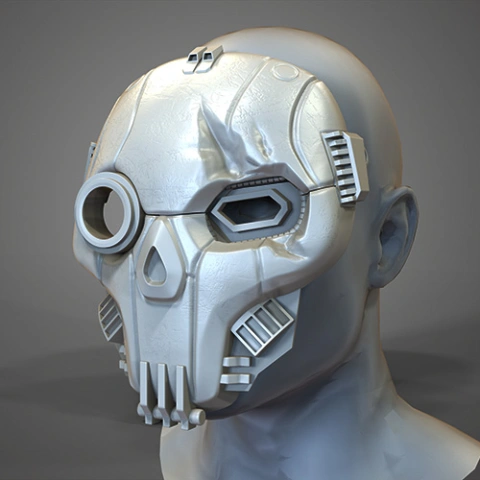
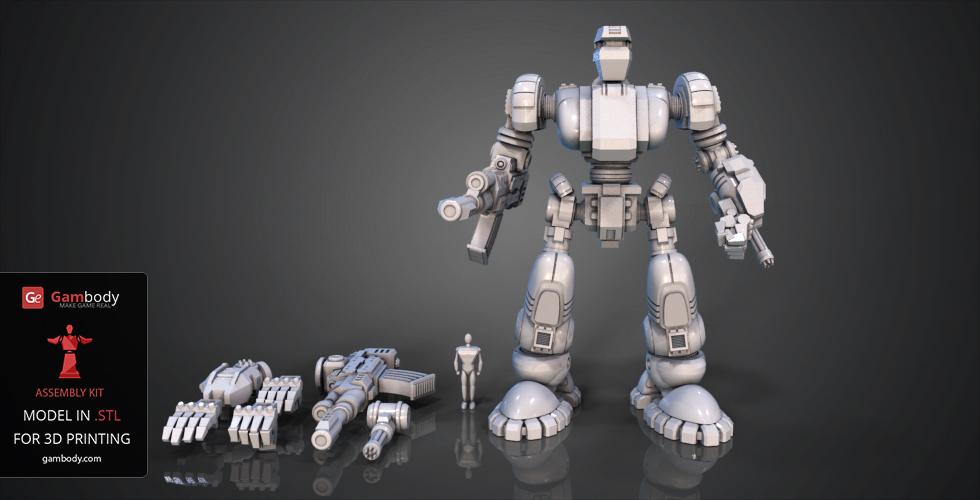
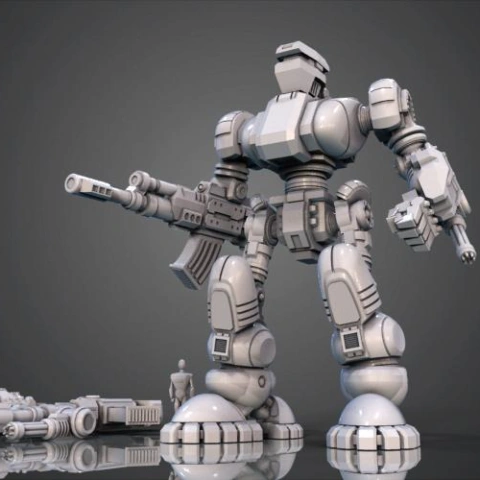
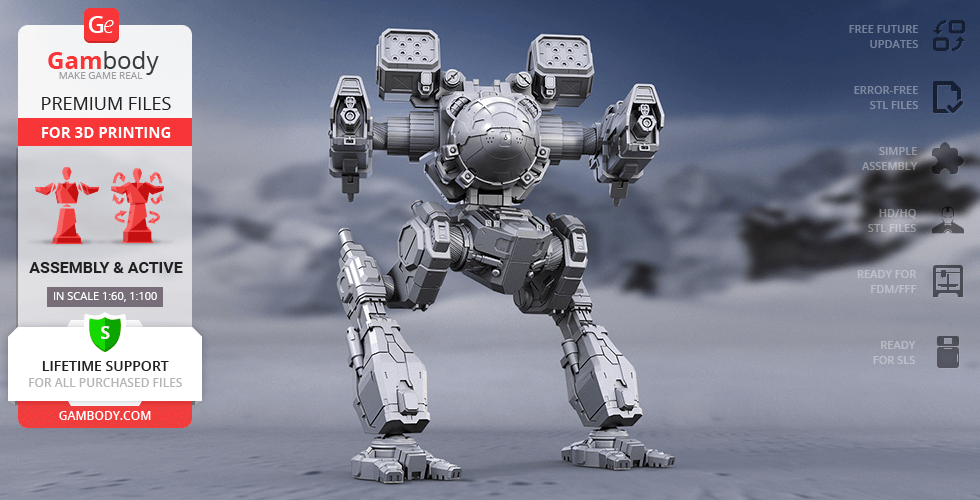
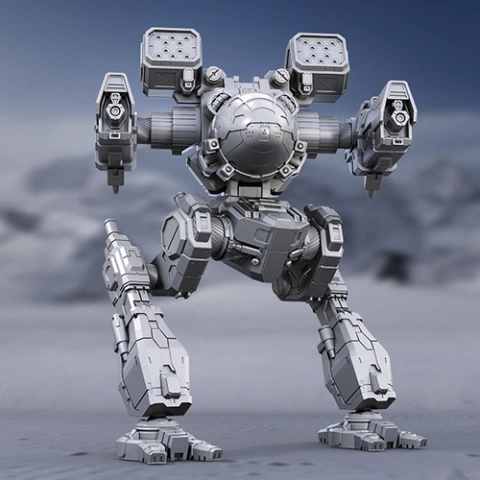
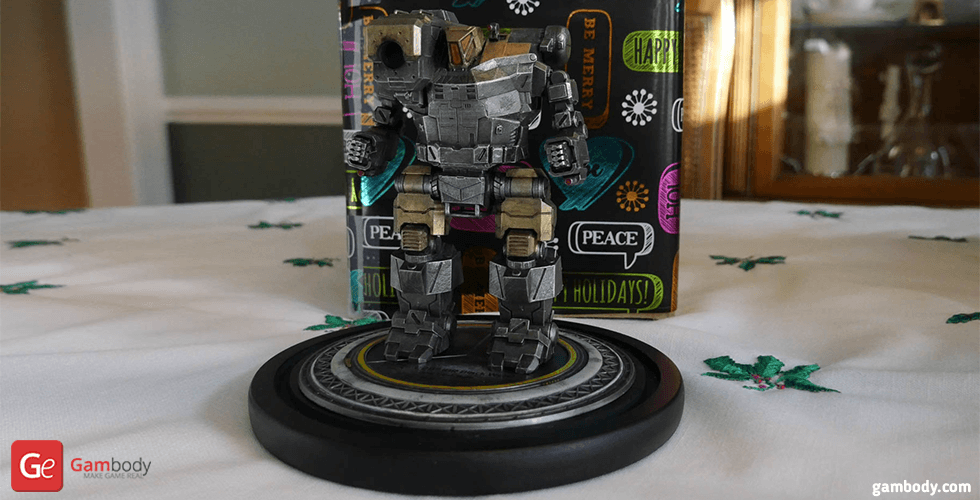
Comments